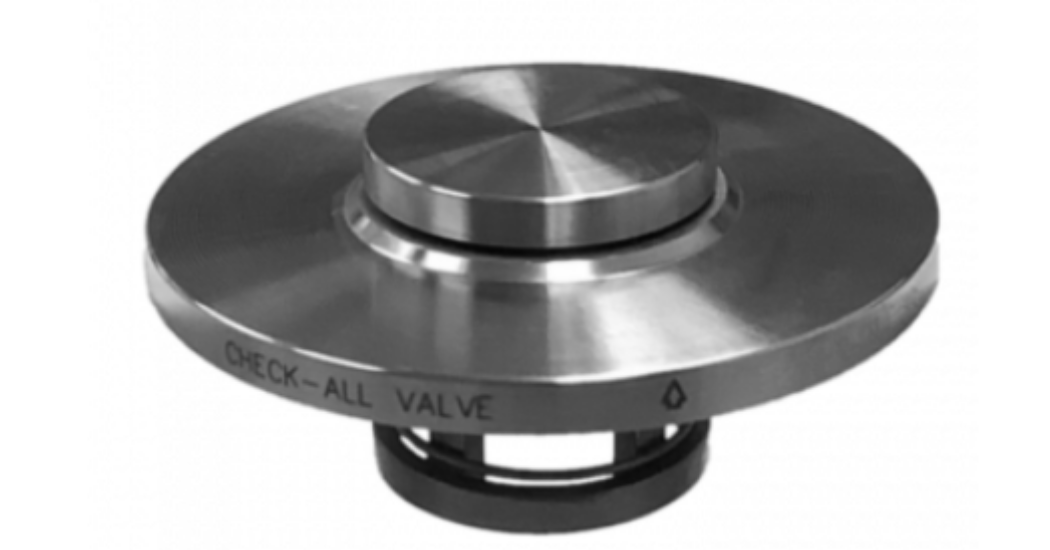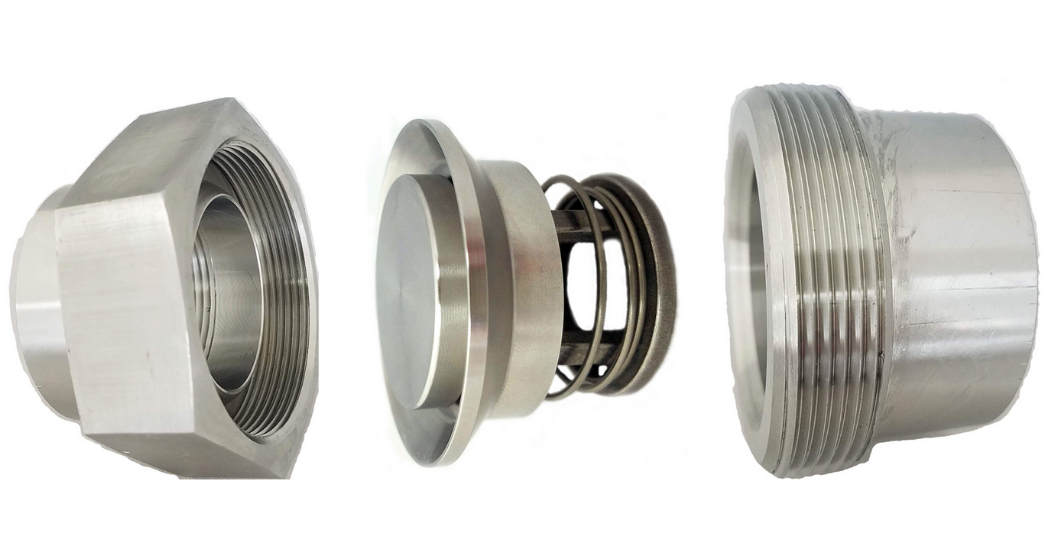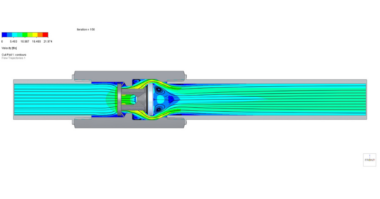Foot valves are critical in preventing pump burn out. Similar to a check valve, foot valves are spring loaded and installed at the end of a pump’s suction line. When water is flowing, the spring opens the valve. However, when the pump is turned off, the foot valve stops the water and prevents it from flowing backward. It’s an inexpensive mechanism that ensures that the pump remains primed.
Foot valves are used in a variety of water well applications, including shallow well jet pumps and deep well jet pump applications. Simple to install and use, they are a key component to the overall safety of the pump and prevent costly repairs. A strainer is attached to the foot valve to stop debris from restricting the valve’s ability to close.
With a foot valve, the flow of fluid travels in one direction. However, as pressure on the inlet side of the valve increases, the valve opens. When the pressure stops, the pump stops automatically and closes the valve to prevent the flow from switching directions.

Different Types of Foot Valves
For spring-type foot valves, which can be installed vertically and horizontally, a poppet is held in place with a spring. When pressure occurs, the spring forces the poppet to return to the closed position.
Flapper-type foot valves operate with the help of gravity. Using a disk and rubber or leather flapper attached at one side of the opening, pressure on the inlet side forces the flapper open and then gravity (combined with the weight of the fluid) closes the valve. These are most commonly installed vertically, but in some cases, can be installed horizontally.
Tips for Using Foot Valves
Foot valves have many advantages and simple techniques for troubleshooting.
- If you notice that a shallow well no longer has any water, one of the first things to check is whether the foot valve needs to be replaced.
- Foot valves have arrows that indicate the direction of flow. Ensure that they are installed with the arrows in the correct direction.
- Foot valves are designed for specific cracking pressures. It’s important to be aware of the cracking pressure before installing.
- Water hammer can destroy valves and piping systems. The intensity of the water hammer can fluctuate, depending on the velocity of the traveling water when the pump stops. When sizing the system and determining the material of the valve, keep the potential of water hammer in mind. Because of a foot valves’ vertical installation and gravity-driven closing operation of flapper valves in this application, they can slam shut and water hammer can ensue. A spring-loaded check valve would be a better option as it closes before reverse flow begins, eliminating water hammer.
- Consider the placement of the foot valve. Generally located near the bottom of a well, it should be installed at the pick-up end of the piping (the end through which water is extracted).
- It is important to clean valves regularly to keep them performing effectively.
Simply put, foot valves keep the water pump primed, preventing expensive damage to the equipment. They allow water to flow in but prevent it from flowing back out. This makes them ideal for use in pools, ponds, and wells. They can be used with hydraulic pumps that are pumping liquids, and they are also ideal for industrial applications for pneumatic pumps that move gas.
More information can be found at https://www.checkall.com




